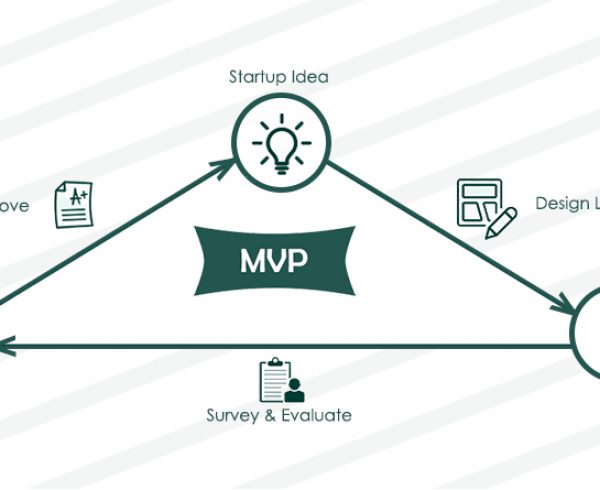In today’s digital landscape, website security is paramount. As the internet continues to evolve, so do the risks associated with online presence. Websites are vulnerable to a myriad of threats, ranging from cyberattacks and data breaches to malware and hacking attempts. Addressing these security concerns is crucial for businesses and individuals alike to safeguard sensitive information, maintain user trust, and ensure uninterrupted operations.
Understanding the common pitfalls and vulnerabilities that websites face is the first step towards establishing a robust security strategy. By identifying these potential risks and learning how to mitigate them, website owners can protect their platforms from exploitation and fortify their defences against cyber threats.
1. Weak Passwords and Lack of Two-Factor Authentication (2FA)
- Mistake: Using weak passwords or not implementing 2FA exposes your website to brute-force attacks and unauthorized access.
- Solution: Encourage strong, unique passwords and enforce multi-factor authentication for added security layers.
2. Outdated Software and Plugins
- Mistake: Neglecting software updates, including CMS platforms and plugins, leaves vulnerabilities unpatched.
- Solution: Regularly update all software to the latest versions to mitigate known security flaws.
3. Insufficient Backup Protocols
- Mistake: Failing to maintain regular backups can lead to irreversible data loss during a breach or system failure.
- Solution: Establish routine backups and store them securely, ensuring data restoration capabilities in emergencies.
4. Lack of SSL/TLS Encryption
- Mistake: Operating without SSL/TLS encryption exposes sensitive data to interception during transmission.
- Solution: Employ HTTPS protocols and SSL/TLS certificates to encrypt data in transit, safeguarding user information.
5. Weak Access Controls and Permission Settings
- Mistake: Granting excessive permissions or failing to manage user access properly leads to security breaches.
- Solution: Implement stringent access controls, assigning appropriate permissions and regularly reviewing user privileges.
6. No Web Application Firewall (WAF)
- Mistake: The absence of a WAF leaves your website vulnerable to various attacks, including SQL injection and XSS.
- Solution: Deploy a WAF to filter incoming traffic, detect and block potential threats before they reach your server.
7. Ignoring Security Headers
- Mistake: Neglecting HTTP security headers opens avenues for clickjacking, XSS, and other attacks.
- Solution: Enable security headers (like Content Security Policy, X-Frame-Options) to enhance browser security and thwart attacks.
8. Failure to Regularly Monitor and Audit
- Mistake: Not monitoring website activity allows potential breaches to go unnoticed, leading to prolonged vulnerabilities.
- Solution: Set up regular monitoring, conduct security audits, and promptly address any suspicious activities or anomalies.
9. Overlooking Third-Party Integrations
- Mistake: Integrating third-party services without vetting their security standards can introduce vulnerabilities.
- Solution: Thoroughly assess the security practices of third-party services before integration, ensuring they align with your security standards.
10. Ignoring User Education and Training
- Mistake: Failing to educate users about potential threats leaves them susceptible to social engineering attacks.
- Solution: Conduct cybersecurity training sessions for users, emphasizing safe browsing habits and recognizing phishing attempts.
11. Unsecure File Uploads
- Mistake: Allowing unrestricted file uploads can result in malicious files being uploaded to your server.
- Solution: Implement strict validation and filtering for file uploads, restricting file types and sizes to mitigate potential threats.
12. Unsecured APIs
- Mistake: Inadequately securing APIs exposes sensitive data and functionalities to unauthorized access.
- Solution: Utilize authentication, authorization, and encryption to protect APIs, ensuring access is only granted to authorized users or systems.
13. Unpatched Security Vulnerabilities
- Mistake: Ignoring or delaying patching known vulnerabilities creates entry points for attackers.
- Solution: Regularly scan and patch vulnerabilities, promptly applying security updates to minimize exploitation risks.
14. Absence of Incident Response Plan
- Mistake: Failing to have an incident response plan leaves your team unprepared to handle security breaches.
- Solution: Develop a comprehensive incident response plan outlining procedures for identifying, containing, and recovering from security incidents.
15. Inadequate Server Security
- Mistake: Poorly configured servers or weak server security measures can expose your website to various threats.
- Solution: Employ robust server security practices, including secure configurations, regular audits, and proper access controls.
16. Lack of Regular Security Audits
- Mistake: Not conducting periodic security audits overlooks potential vulnerabilities and weaknesses.
- Solution: Perform regular security audits and penetration testing to identify and address vulnerabilities proactively.
17. Ignoring Security Headers and Content Security Policy
- Mistake: Disregarding security headers and Content Security Policy (CSP) settings can leave your site vulnerable to attacks.
- Solution: Configure proper security headers and implement CSP to mitigate risks associated with cross-site scripting (XSS) and data injection attacks.
18. Ignoring Data Validation and Sanitization
- Mistake: Failing to validate and sanitize user input can lead to injection attacks and data breaches.
- Solution: Implement stringent data validation and sanitization practices to prevent malicious input from compromising your website’s security.
19. Relying Solely on Default Security Settings
- Mistake: Using default security settings without customization may not provide adequate protection.
- Solution: Customize security settings based on your website’s specific needs, ensuring optimal protection against potential threats.
20. Underestimating the Human Factor
- Mistake: Overlooking the human element, such as social engineering tactics, can compromise website security.
- Solution: Educate employees about cybersecurity threats, emphasizing vigilance and caution to mitigate risks associated with social engineering attacks.







Leave a Comment